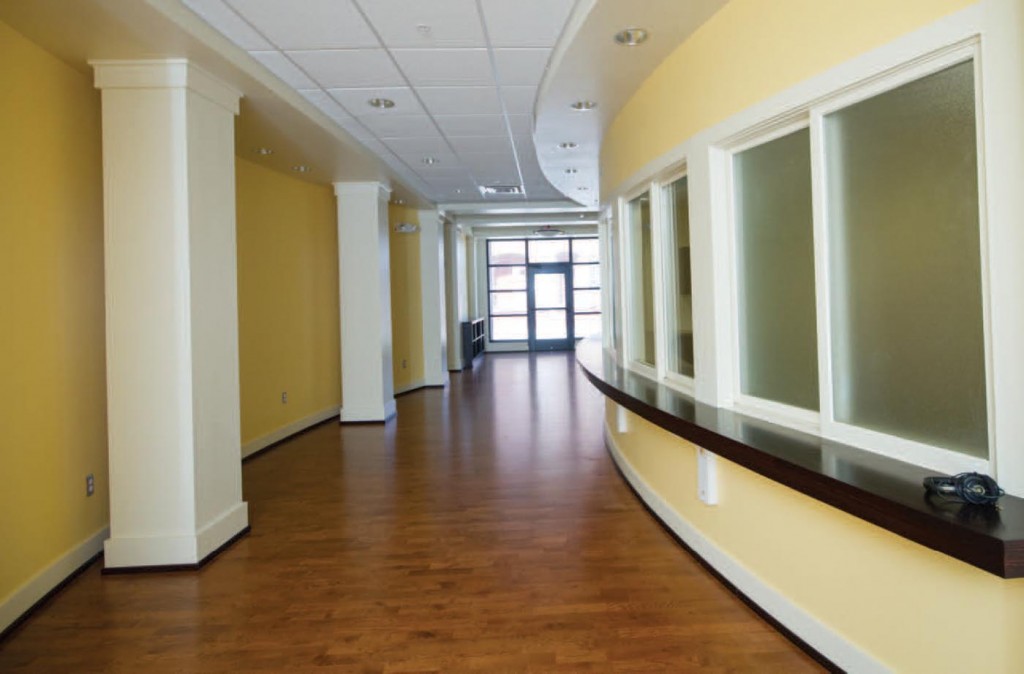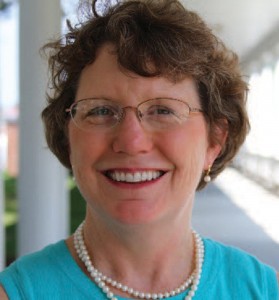New home, name for unit that provides services in speech, hearing, learning

The Longwood Center for Communication, Literacy and Learning has a new home— and a new name.

Speech, Hearing and Learning Services Director Lissa Power-deFur: ‘The university has built us a Cadillac of buildings.’
Speech, Hearing and Learning Services— the unit’s new name — will be housed in a state-of-the-art building on Third Street. “The university has built us a Cadillac of buildings,” said Lissa Power-deFur, program director and professor of communication sciences and disorders.
The new name better reflects the services the program offers the community and graduate students. The new building is spacious, bright and completely integrated with the lat- est in speech, hearing and learning technology.
The classroom in the new space is designed with induction loops in the floor — an amplification system for persons with hearing aids, which can be turned to a certain setting to bet- ter hear instructors’ voices. The facility also boasts eight single-student and two group therapy rooms with observation windows for faculty and family, an infant-toddler connection room, a preschool room and office suite for the Infant-Toddler Connection of the Heartland, which provides early intervention services to infants and toddlers with disabilities.
“This is a vast increase in the capacity we will have to serve the surrounding community,” said Power-deFur. “The university has shown a willingness to invest in the graduate communication sciences and disorders program and these services we offer to the community, and we are up to the challenge of meeting the expectations that come with that investment. As our clinic population grows, we will have the space and technology to grow the graduate program.”
The new building also provides the space for expansion of new services for the community: audiology and voice and swallowing services.
“There aren’t audiology services within an hour drive of Farmville,” said Power-deFur. “We are going to be able to offer more services and expand the offerings that we already have with technology like this.”
The voice and swallowing station is a comprehensive, state-of-the-art evaluation center that will be used to treat disorders affecting swallowing and the voice. People with these disorders, which can be caused by stroke or other illness, can be assessed and receive therapies on site.
Since 2005, the undergraduate communica- tion sciences and disorders program has grown from five students to more than a hundred. The graduate program has grown significantly since it opened in 2006 and currently has more than 50 students. With more than 150 applicants, admissions standards for the program are increasing—the average GPA of entering students is 3.4.
